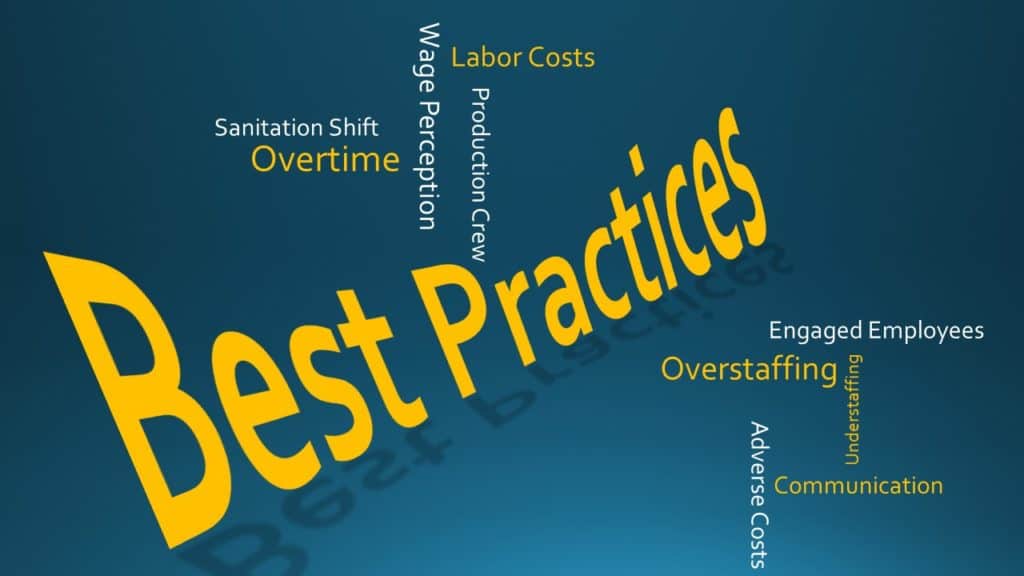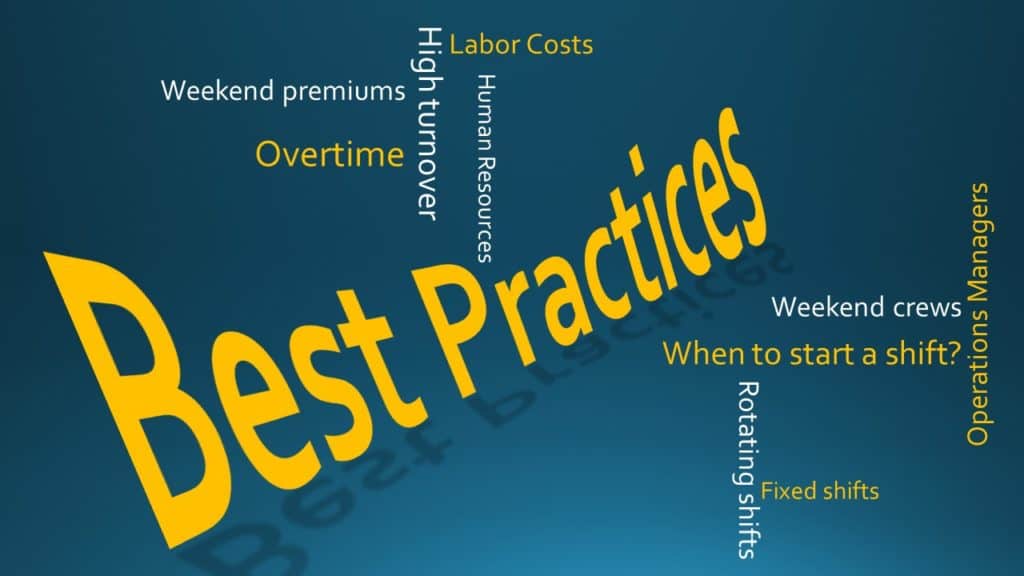Jim Dillingham, Partner, Shiftwork Solutions LLC
When leaders initiate a major change that affects their employees, they want everything to proceed smoothly. They don’t want to alienate the workforce or create any long-lasting disruptions or unnecessary delays. Change that affects the personal lives of people is the most difficult and riskiest type of change. Yet that is exactly what leaders do when they modify or replace their employees’ work schedules.
The leader’s challenge is how to get their people to support the schedule change. Employees have diverse lifestyles, so you can expect their preferences for a new work schedule to be equally varied. A thing as simple as changing a shift start time can feel like a catastrophic event to an unprepared workforce. How will they get their kids to school? Their carpool won’t wait for them. They can’t take that night class they’ve been thinking about. People have a myriad of responsibilities, activities, and interests that will be affected by any change in their work schedules. Every possible conflict can be blown up into an unsolvable problem.
Here is what a semiconductor company did to successfully handle the challenge. The work site was a production facility with more than 1,200 employees. Before the change, the shift schedule had relied on “weekend warriors” to handle the weekend shifts. Full-time employees had covered Monday through Friday. The weekends had been covered by two additional crews that only worked for the company on the weekends. One of the crews worked 12-hour day shifts on Saturday and Sunday. The other crew worked 12-hour night shifts on those same days. In some instances, these weekend workers also worked during the week to add to their income.
As you might expect, this was causing several problems:
- The weekend crews experienced a high attrition rate and high absenteeism.
- Finding replacements for the vacant weekend positions was an on-going concern.
- Maintaining team integrity was difficult because the weekday shifts had many weekend employees who were not part of the core crew/team.
- Using weekend warriors required five crews instead of four crews, the common approach for a business that operates 24/7. This required 25% more personnel, and thus a 25% increase in the number of employees to communicate with.
- Productivity would drop when the weekend crew took over as the weekenders familiarized themselves with the production changes that took place during the five days they were away. This also happened to the full-time employees after being away for two days but to a lesser extent.
The management team decided to replace the old work schedule with a “compressed work week” schedule that would require employees to work twelve hours per shift instead of eight hours but reduce the number of shifts worked each week. It would also eliminate the need for weekend warriors.
On the new schedule, employees would have seventy-eight fewer workdays and ten percent more income. One might think that these two figures would be reason enough to support a schedule change. The fact is that a workforce, uninformed about what is about to happen, will choose to remain on the current schedule for no reason other than they are familiar with it.
To gain support for changing the shift schedules, the company knew they would have to find a way to involve the workforce in the change process. To do this they did three things:
- They increased communications regarding the current situation and explained why a change was needed. They educated people about the problems the weekend warrior approach was creating. Managers held large group meetings, posted announcements, and sent e-mails to make sure the workers completely understood the reasons a change was needed. The goal was to have the workforce join together in support of the common cause. A key component of this effort was the company’s supervisors since communication between hourly workers and the first level of management is usually the most influential. Supervisors were first educated about the need for change. Then they were used to help pass that message along to their direct reports. This had the effect of empowering supervision while giving employees ready access to someone who could answer their questions.
- They brought in a neutral, third party to facilitate the change process. They felt the shift workers would trust the process more if it was run by someone who was not affiliated with the company. They did not want the change in shift schedules to come across as a management ultimatum. They hired us to present an impartial view of how to solve the current situation. We explained the steps that would be taken, including how the employees’ input would be used. Not everything was up to the workforce to decide. For example, the decision had already been made to get rid of the weekend warrior schedule. But the employees could play a major role in deciding what to replace it with. Our role also included responsibility for expanding everyone’s awareness of what was possible. Most shiftwork managers and employees have limited exposure to different schedules. This makes their “box” of options appear much smaller than it actually is. A critical feature of the facilitator’s work is that it must be transparent. This means no secrets. All work performed by the third party must be accessible by everyone. All analyses and all survey results presented to management must also be made available to the workforce. This was accomplished by giving the employees a shortened version of any results and letting them know where more detailed information could be viewed if they wished to do so.
- They involved employees in selecting the new work schedules. This began with a Lifestyle Survey that was given to all affected employees. The survey allowed employees to give their initial feedback about the pending change. It also allowed them to express preferences with regards to shift work in general. Several weeks later, the employees were given the results from the survey. This validation of results allowed employees to see that their input was actually heard. A second survey was prepared for the workforce that offered a number of alternative schedule solutions. These schedule alternatives were developed from an analysis of the business needs and coverage requirements as well as employee schedule preferences identified in the first survey. The employees were given a clear picture of the need to change. They also were educated about the different shift schedules that would work for their facility: what types were available and what people tend to find attractive (or unattractive) about different schedules. The survey allowed people to evaluate this set of schedule options. The results of the second survey were shared with managers and workers. The results were used to narrow down the schedule options to two 12-hour schedules. Every employee understood that their input was used to help identify the final options.
The Results
The final two shift schedule options were presented to the workforce. Over 75 percent of the night-shift employees and over 95 percent of the day-shift employees agreed on what the new schedule should be. This strong consensus is directly attributed to the leaders’ efforts to communicate with their people and to actively solicit (and use) their input.
Even employees who did not initially agree with the need to change schedules eventually grew to understand and support the initiative. Employees who did not get their first choice of shift schedule or shift assignment felt that the process was thorough and fair. This sense of fairness allowed them to accept the change even though they wanted to keep their old schedule or change to something different.
If you are planning to make a major change in your business, keep these three concepts in mind. First, make sure everyone is well informed. People should have a solid understanding of the problem and its impact on the business. Second, build credibility at every step of the process. People must believe there really is a problem, the consequences are significant, and that management does not have a hidden agenda they are trying to sneak past the workers. Third and most importantly, involve the people affected by the change in selecting the best solution. Seek input from everyone, not just the most vocal people. It is especially important for employees to see that their input is used to influence the final outcome.
Communication, a clear process for selecting a solution, and employee participation are the three keys to success. This approach certainly worked well for this company. Hopefully, you will experience the same success by following these guidelines.
Call or text us today at (415) 763-5005.
You can also complete our contact form and we will call you.










